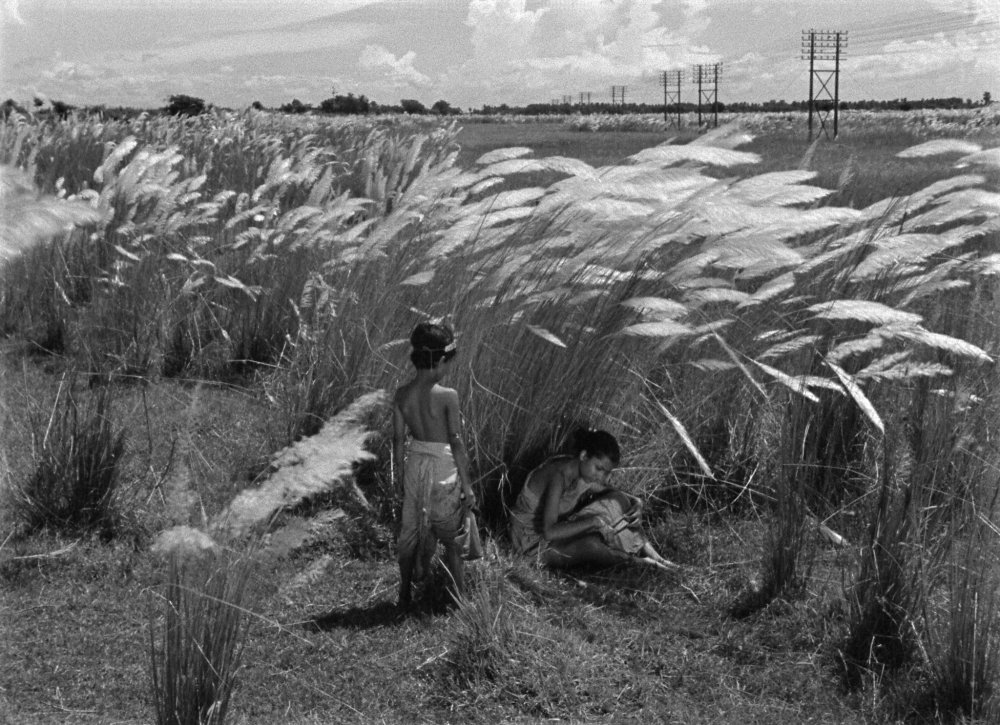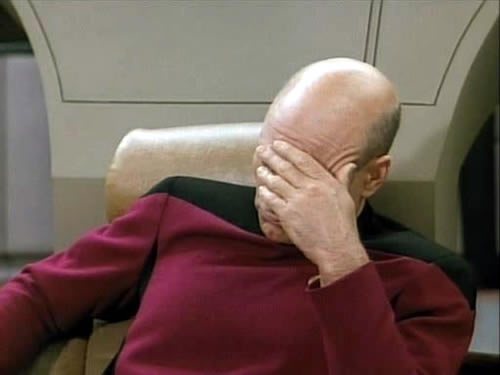Written by Broken Lizard (Jay Chandrasekhar, Kevin Heffernan, Steve Lemme, Paul Soter, and Erik Stolhanske) and directed by Jay Chandrasekhar, “Super Troopers 2” is the cop comedy sequel sixteen years in the making. Meow I, like a lot of fans of the original film, found “Super Troopers” after it had hit the video market when I was younger. The slapstick humor, ridiculous prank nature, and general sense of a bunch of friends doing whatever they could just to make each other laugh- it connected with me and my friends. This material worked for us, and it still does. So I’m more than happy to say that this sequel still had what it takes to produce instinctual and immediate laughter from us. This was an event film for us, and it was momentous fun!

Which was why I found the majority of reviews floating around the internet to be a surprising rejection of the film. Maybe the world is just too different of a place for a movie like this? A lot has happened since 2002 after all. Personally, I reject that notion. It’s more likely that this style of comedy is a bit more niche than it used to be, but hell, I’m okay with that. Screwball comedies and slapstick oddball humor can work for me in the right context- and it works splendidly here in “Super Troopers 2”. The Broken Lizard team played their hand exactly right in my mind. They cleverly played into some of the favorite old bits and jokes, but each with it’s own new spin- never simply regurgitating the same old thing. The plot itself played into some fun new territory, both figuratively and literally.

After being demoted due to the events of the first film to local street cops, and then fired from those jobs because of an incident involving Fred Savage, the five former state troopers work various jobs from construction to logging. Shortly after meeting up with the various members of the force they’re directed to an abandoned building by their old friend Captain O’Hagan (Brian Cox) for a supposed fishing trip in Canada. Once there O’Hagan reveals that the fishing trip was a ploy to get them together across the border. Their real purpose in Canada, as revealed by Governor Jessman (Lynda Carter), is to help the United States government transition the area over to US rules and regulations as the border was discovered to be incorrect after looking into the history of the boundary lines. Thus Arcot ‘Thorny’ Ramathorn (Jay Chandrasekhar), MacIntyre ‘Mac’ Womack (Steve Lemme), Robert ‘Rabbit’ Roto (Erik Stolhanske), Jeff Foster (Paul Soter), and Rod Farva (Kevin Heffernan) all don fresh uniforms and begin helping in the transition efforts.
The troupe of troopers go to a town hall where they meet Guy LeFranc (Rob Lowe), the mayor of the town and former Hockey player, Genevieve Aubois (Emmanuelle Chriqui) a French/Canadian cultural attaché focused on relations with the U.S. through the transition, and three Canadian Mounties in Podien (Hayes MacArthur) Archambault (Will Sasso) and Bellefuille (Tyler Labine) that will assist them before heading north to a different outpost. From there the gang gets into all kinds of debauchery, mischief, and mystery including outrunning a live bear, taste testing an assortment of drugs, and impersonating Mounties. This is a sequel that not only lived up to my expectations, but surpassed them several times. Meow get out to the theater and give it a watch! It might be your kind of comedy too!
Final Score: 5 Troopers and 10 liters of cola!








 I have to admit, Jeffrey Dean Morgan seems to have been having a great time portraying Harvey Russell, the agent leading the unnamed government agency. His southern drawl is comically amusing throughout his time onscreen and he seems to be the most self aware character in acknowledging this very, very, dumb movie he’s in. However, dumb can be fun, and if that’s what you’re looking for, you’ll get it in “Rampage!” One such example that caught me off guard completely was when the chaos is unfolding in downtown Chicago (a city I’ve lived in) and the military is picking up movement in the Chicago river as the leading personnel seriously says, “That’s odd, we don’t have any submarines in the area..” I mean, really? You don’t say? No submarines in Lake Michigan huh? Well isn’t that just the oddest thi- OH MY GAWD IT’S A GIANT CROCODILE!
I have to admit, Jeffrey Dean Morgan seems to have been having a great time portraying Harvey Russell, the agent leading the unnamed government agency. His southern drawl is comically amusing throughout his time onscreen and he seems to be the most self aware character in acknowledging this very, very, dumb movie he’s in. However, dumb can be fun, and if that’s what you’re looking for, you’ll get it in “Rampage!” One such example that caught me off guard completely was when the chaos is unfolding in downtown Chicago (a city I’ve lived in) and the military is picking up movement in the Chicago river as the leading personnel seriously says, “That’s odd, we don’t have any submarines in the area..” I mean, really? You don’t say? No submarines in Lake Michigan huh? Well isn’t that just the oddest thi- OH MY GAWD IT’S A GIANT CROCODILE!











